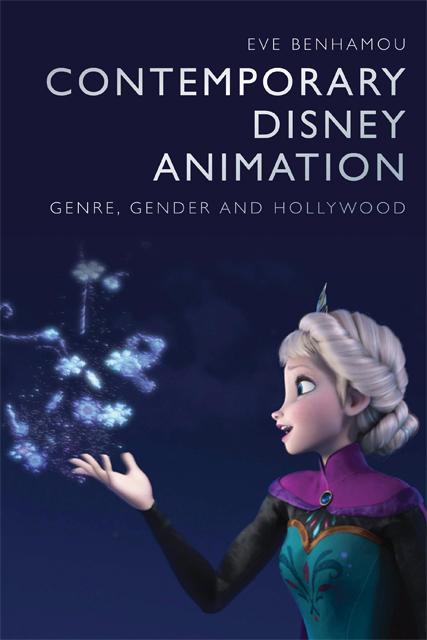8 - Reflections of/on Contemporary Disney Animation: Ralph Breaks the Internet
Published online by Cambridge University Press: 14 July 2023
Summary
[I]f we wish to understand contemporary Hollywood animation, we cannot view it as a self-contained entity, but must instead consider how it relates to wider developments in Hollywood. (Brown 2021: 22)
[T]his place is bonkers! (Vanellope in Ralph Breaks the Internet: Wreck-It Ralph 2, Phil Johnston and Rich Moore, 2018)
Contrary to what the trailer for Ralph Breaks the Internet suggests, Vanellope is not excited to enter ‘Oh My Disney’: within the film, she does not ultimately exclaim ‘cool!’ at the sight of the expansive digital reproduction of Disney’s cinematic universe. Instead, puzzled at the great number of Internet visitors rushing through the fairy-tale castle gates, and the myriad of Disney properties scattered around, she describes the place as ‘bonkers’, ‘lame’, full of ‘princesses and cartoon characters’. Yet, she discovers that, in this iteration of the characters, the animated heroines are highly self-aware and insightful: they playfully teach her about the formulaic performance associated with the Disney Princess, and the empowering potential of the musical. Vanellope experiences her own musical moment outside the gates of ‘Oh My Disney’, and a resulting epiphany: she decides to leave her predictable, old-school, childlike arcade game ‘Sugar Rush’ for the dangerous yet highly exciting game ‘Slaughter Race’. Vanellope’s pivotal journey through ‘Oh My Disney’ and her overall narrative trajectory throughout the film point to the significant generic shifts that have marked Disney animation since 2008.
This concluding chapter uses Ralph Breaks the Internet to map the book’s main discoveries regarding Disney’s re-envisioning of its contemporary animation. As the studio’s first theatrically released animated sequel since The Rescuers Down Under (Mike Gabriel, 1990), Ralph Breaks the Internet does not solely develop further the characterisations, visuals and generic tropes of Wreck-It Ralph (Rich Moore, 2012). Carolyn Jess-Cooke observes that sequels rely on ‘important registers of continuation, nostalgia, memory, difference, originality, revision and repetition’ (2009: 2) – registers that have also been central to the studio’s re-envisioning of its formulaic identity, narratives, aesthetics, constructions of gender and paratexts.
- Type
- Chapter
- Information
- Contemporary Disney AnimationGenre, Gender and Hollywood, pp. 206 - 220Publisher: Edinburgh University PressPrint publication year: 2022



